Rùchuán Village 入船里 is a small community in Keelung, a historic port town of approximately 373,000 scattered among the rugged hills of northeastern Taiwan. Keelung’s growth over the last century has been constrained by a lack of flat land on which to build—with much of that concentrated at the foot of the harbour that now constitutes the downtown core. With few other options for expansion the city has sprawled upward along the hillsides and deep into the many valleys leading up from the port.
Ruchuan Village, for instance, extends from the east side of the harbour along a narrow valley that leads up to the Èrshāwān Battery 二沙灣砲臺, one of many hilltop fortifications that once guarded the entrance to the port. And, much like the other old hillside communities in the area, its margins are rife with urban decay.
One thing that fascinates me about the old hillside communities of Taiwan is the sheer amount of human energy required for their formation and upkeep. Ruchuan residents expend a great deal of additional effort in negotiating gravity as they go about their daily routine. This particular community strikes me as unusually difficult to get around; a set of stairs down near the bottom of the hill precludes access even by scooter. Pretty much anything that goes into or out of the village has to be conveyed by foot—either by walking or perhaps pedaling the main road to the harbour, climbing the stairs to Shèngjì Temple 聖濟宮 (which is connected to Keelung’s road network), or by following one of several footpaths into the surrounding hills.
I explored Ruchuan Village on a day of discovery previously documented on this blog. I knew almost nothing of it prior to making the descent from Shengji Temple, though it was obviously an old community from the look of the buildings. After descending to the main street running through the steep valley I turned left and headed upslope in search of what might be found at the periphery. It didn’t take long to enter an informal exclusion zone.
There is a gradient of abandonment from the fully occupied port-side apartment blocks to the crumbling ruins high up in the valley. Somewhere upslope one will pass the last occupied home and enter a domain ruled only by the whims of nature. At some point whoever resides in that last occupied home will move on—and the edge of the settlement will shift downslope once more. Human energy circles the gravity well in this place, draining into more modern high-rises in better locations or, perhaps, the final resting places that Taiwanese prefer not to think about. This village is slowly shrinking, traces of its greatest extent consumed by the hungry forest.
There is something strangely intimate about exploring abandoned homes. Presumably they were once occupied by people long vanished from this earth, though there’s really no way of knowing. When an industrial or commercial space is abandoned it is the business that succumbs—whereas in the case of this village we’re looking at the cast-off shells of human lives. In Taiwan it isn’t uncommon to find homes filled with personal possessions, almost as if the previous occupants stepped out one day and forgot how to return.
The ruins at the back of Ruchuan Village offer the curious explorer little to peruse without getting your hands dirty. Here in the moist subtropical jungle of the darkest city in the nation anything of interest has been buried beneath collapsed and rotten wooden beams and subsequently overgrown. Dig around and I’m sure you’d find something cool—but for me, it was enough to walk among the skeletal stone, brick, and concrete outlines of these buildings that someone once called “home” and appreciate what the former residents
For reference, this post closes with two photos from the start and end of the exploration. The first was taken while descending from Shèngjì Temple 聖濟宮 and the second was shot immediately before heading down into the more settled section of the village.
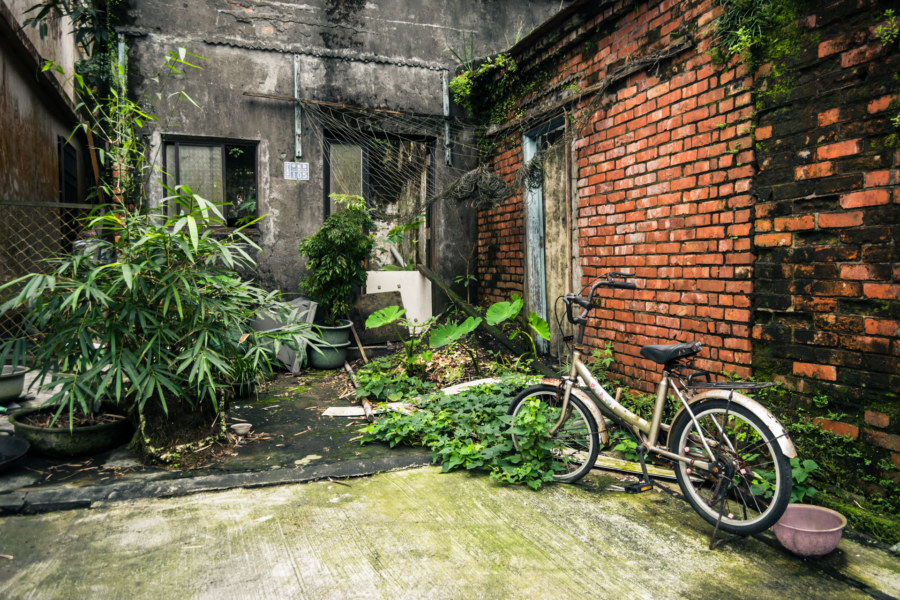
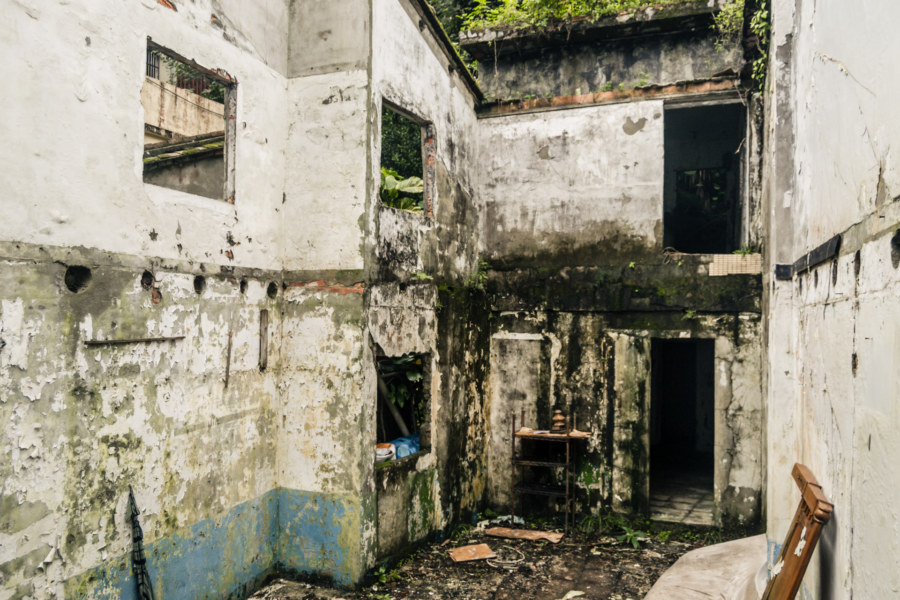
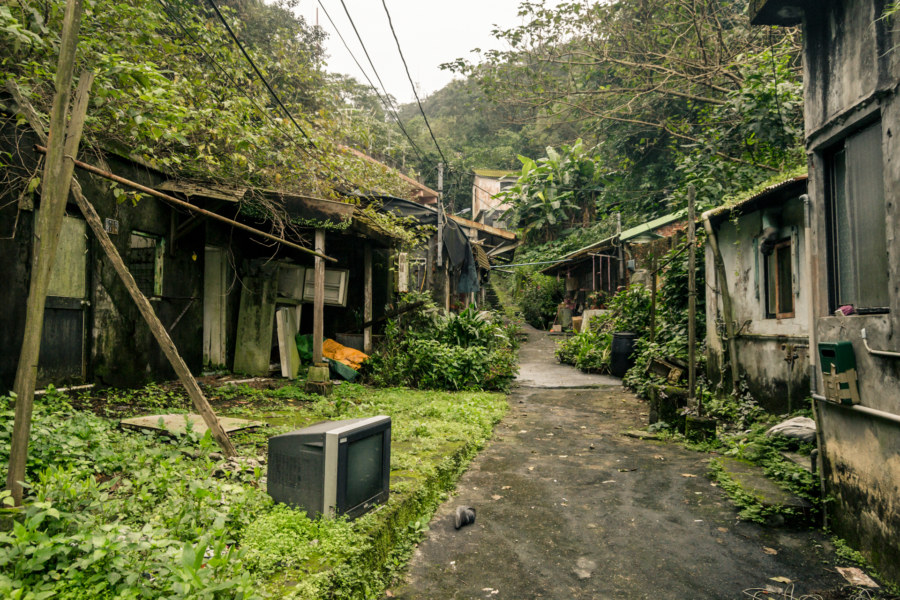
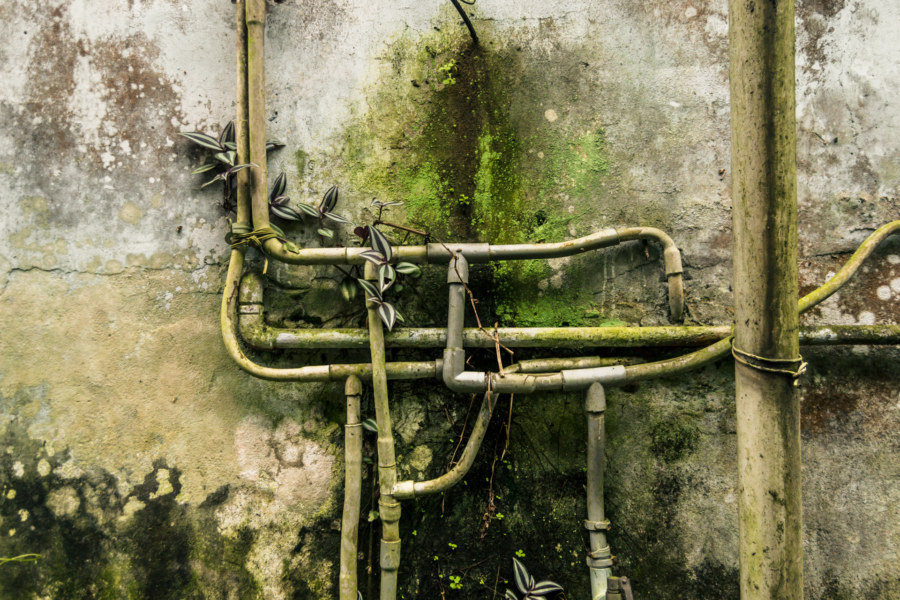
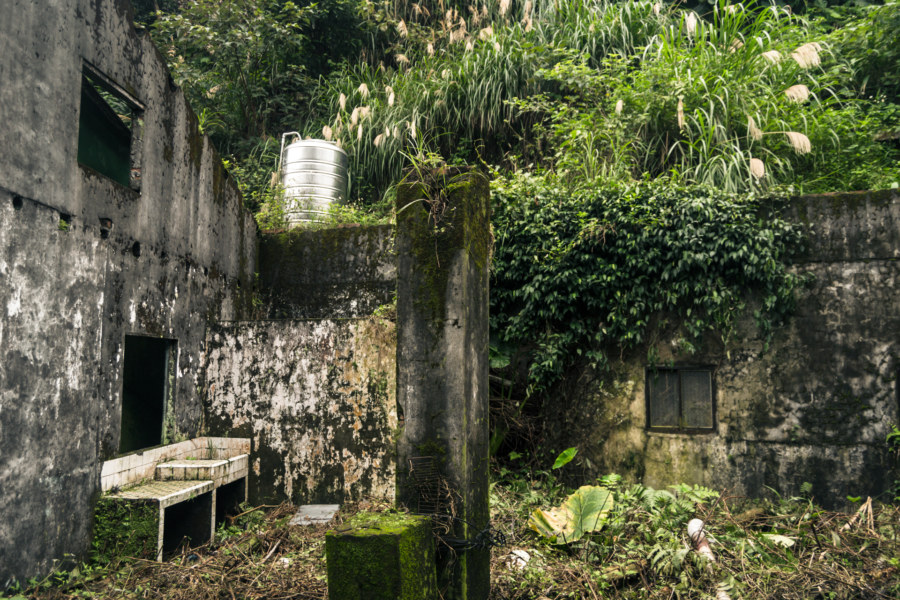
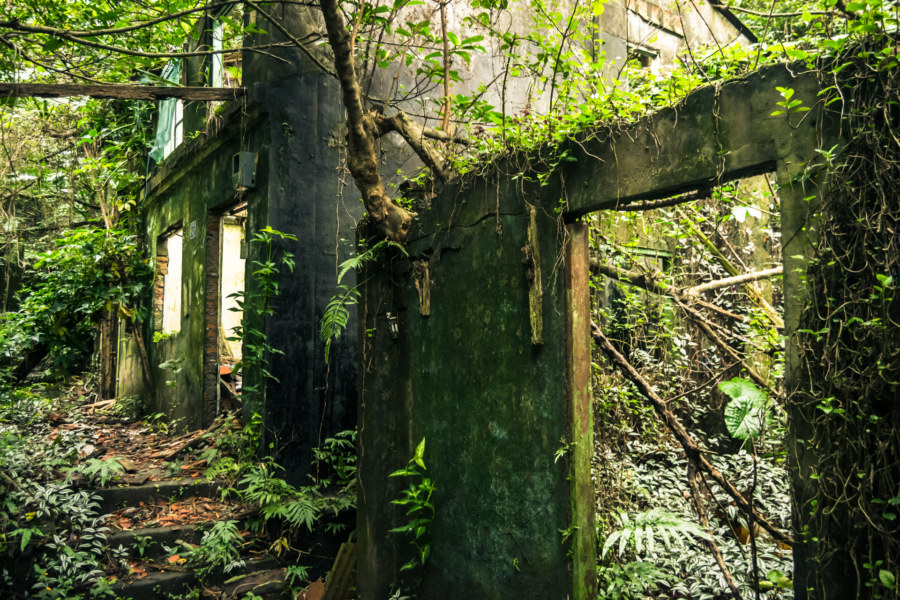
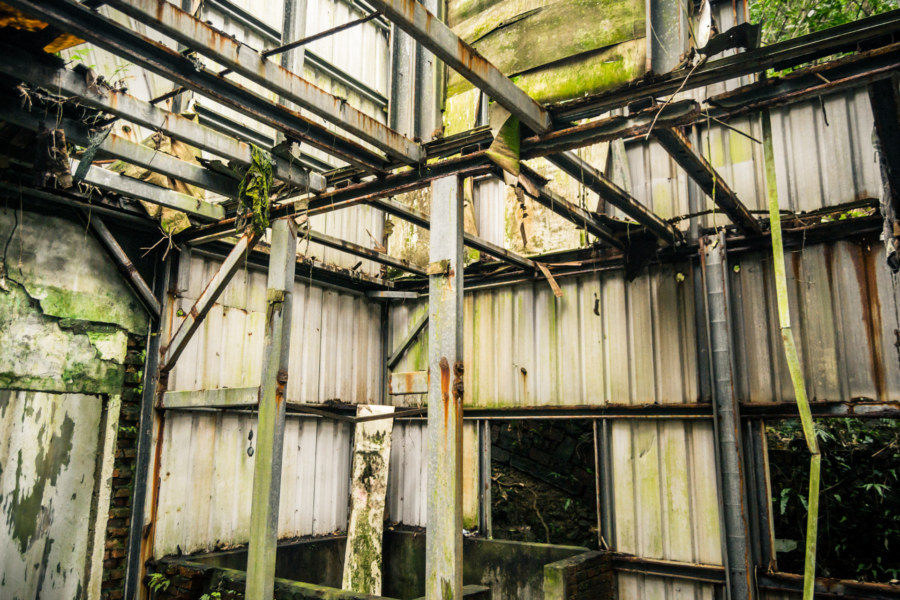
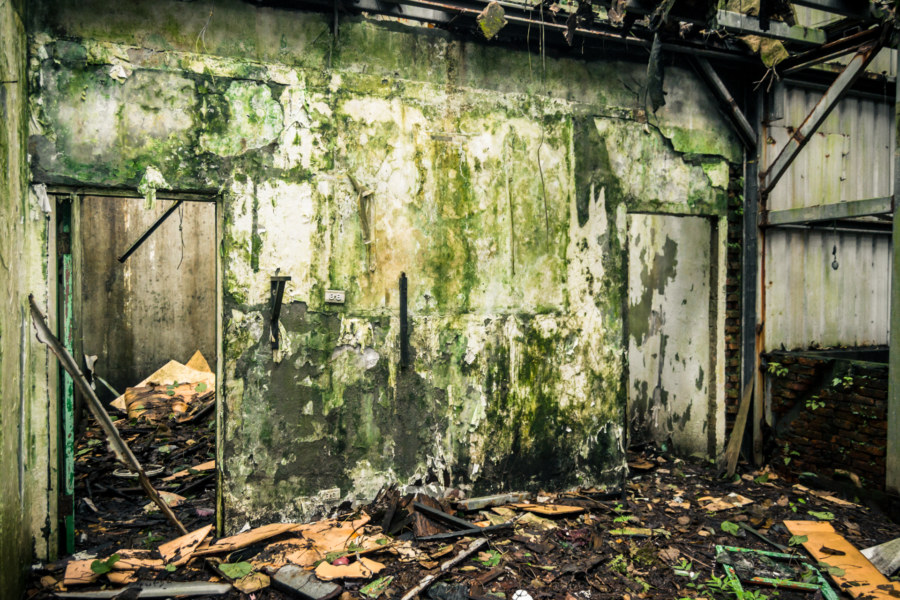
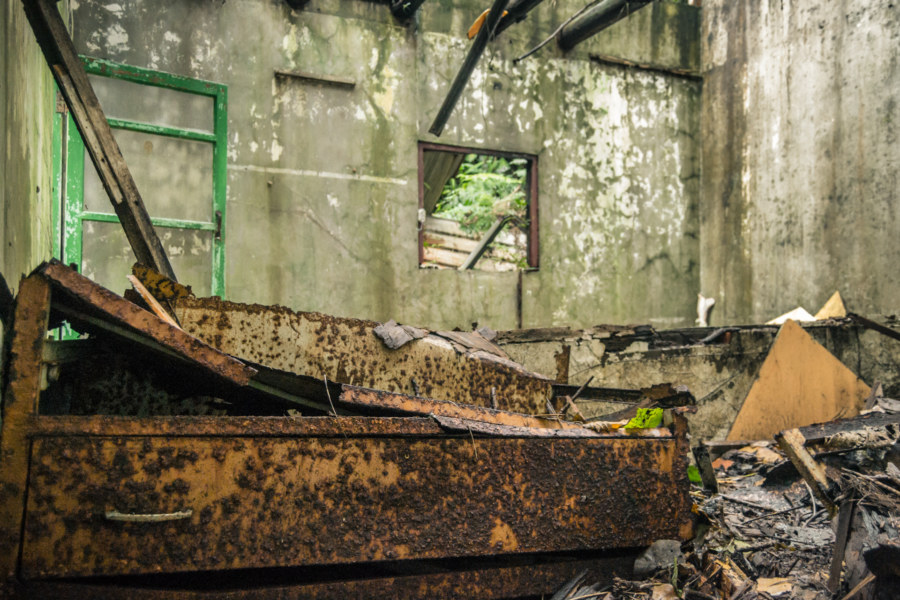
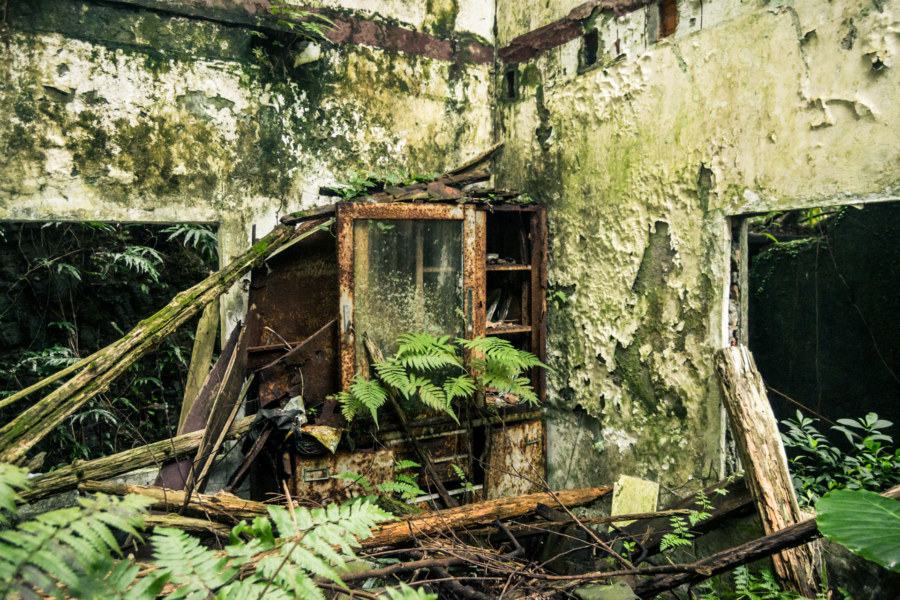
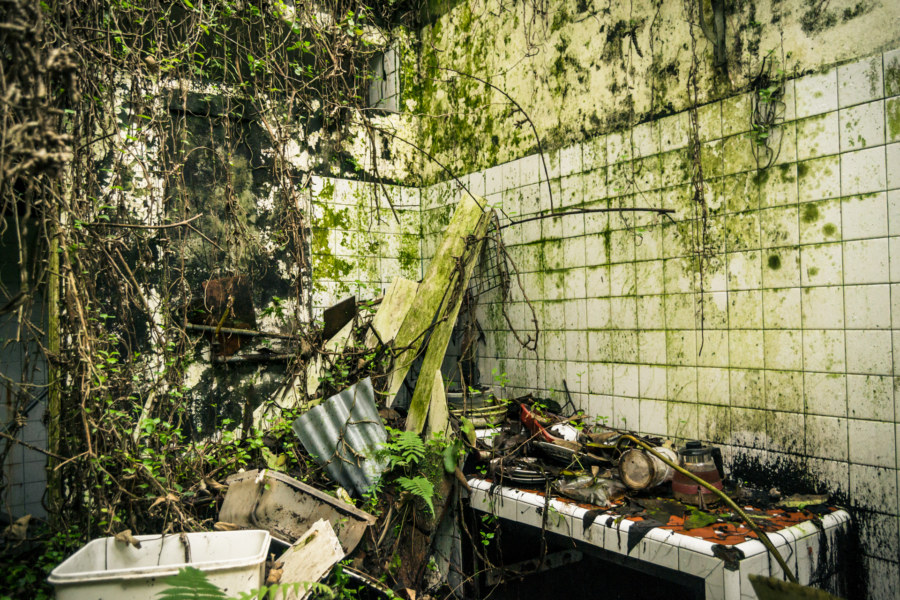
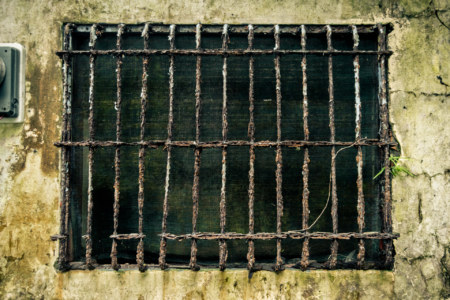
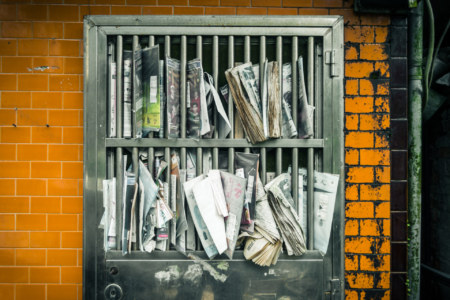
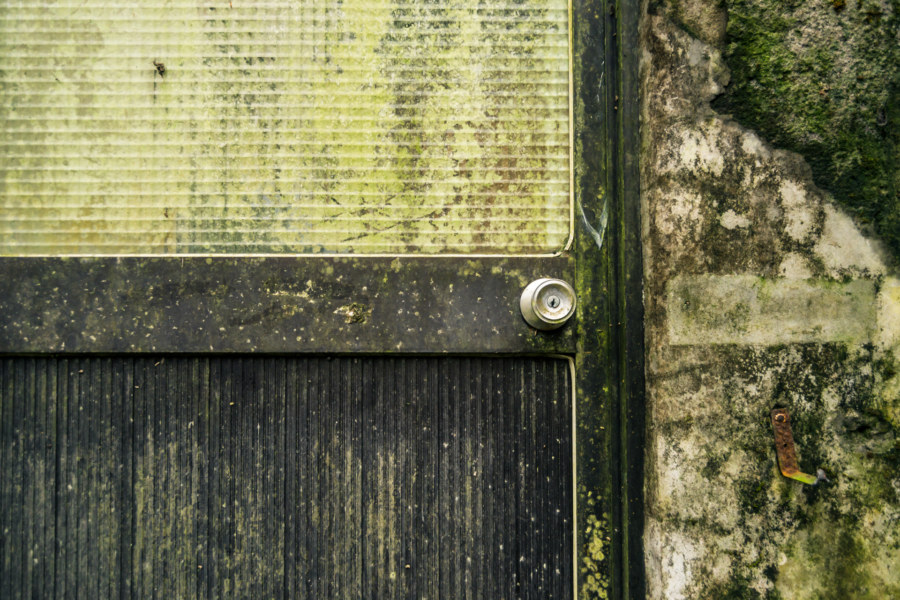
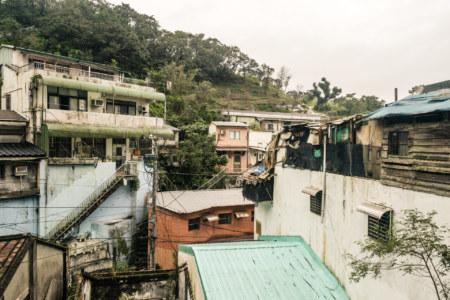
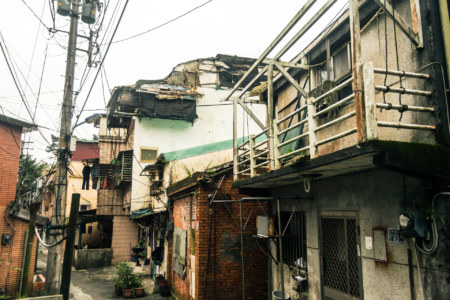
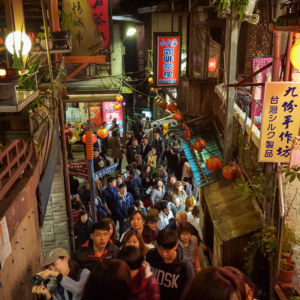
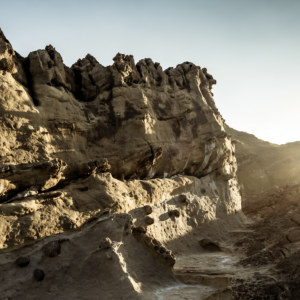
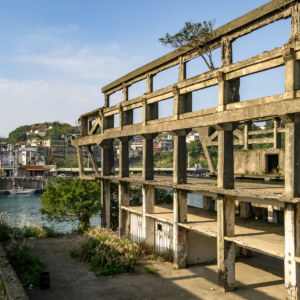
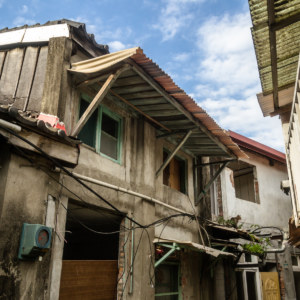
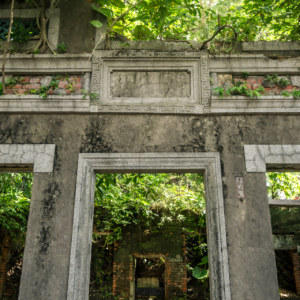
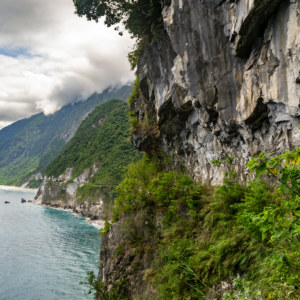
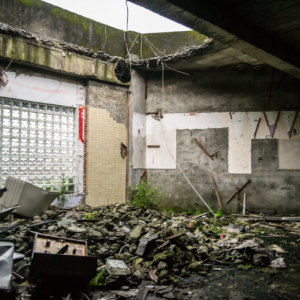
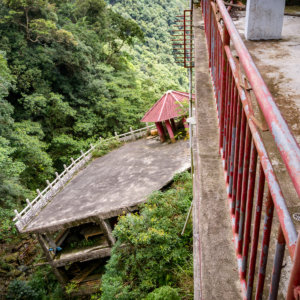
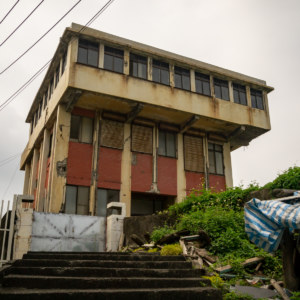
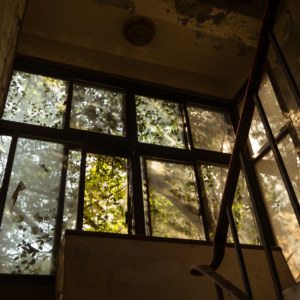
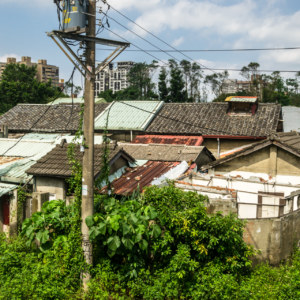
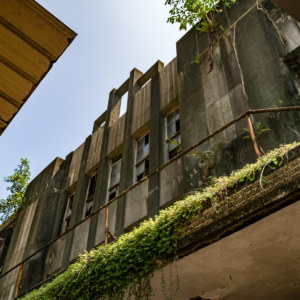
Write a Comment